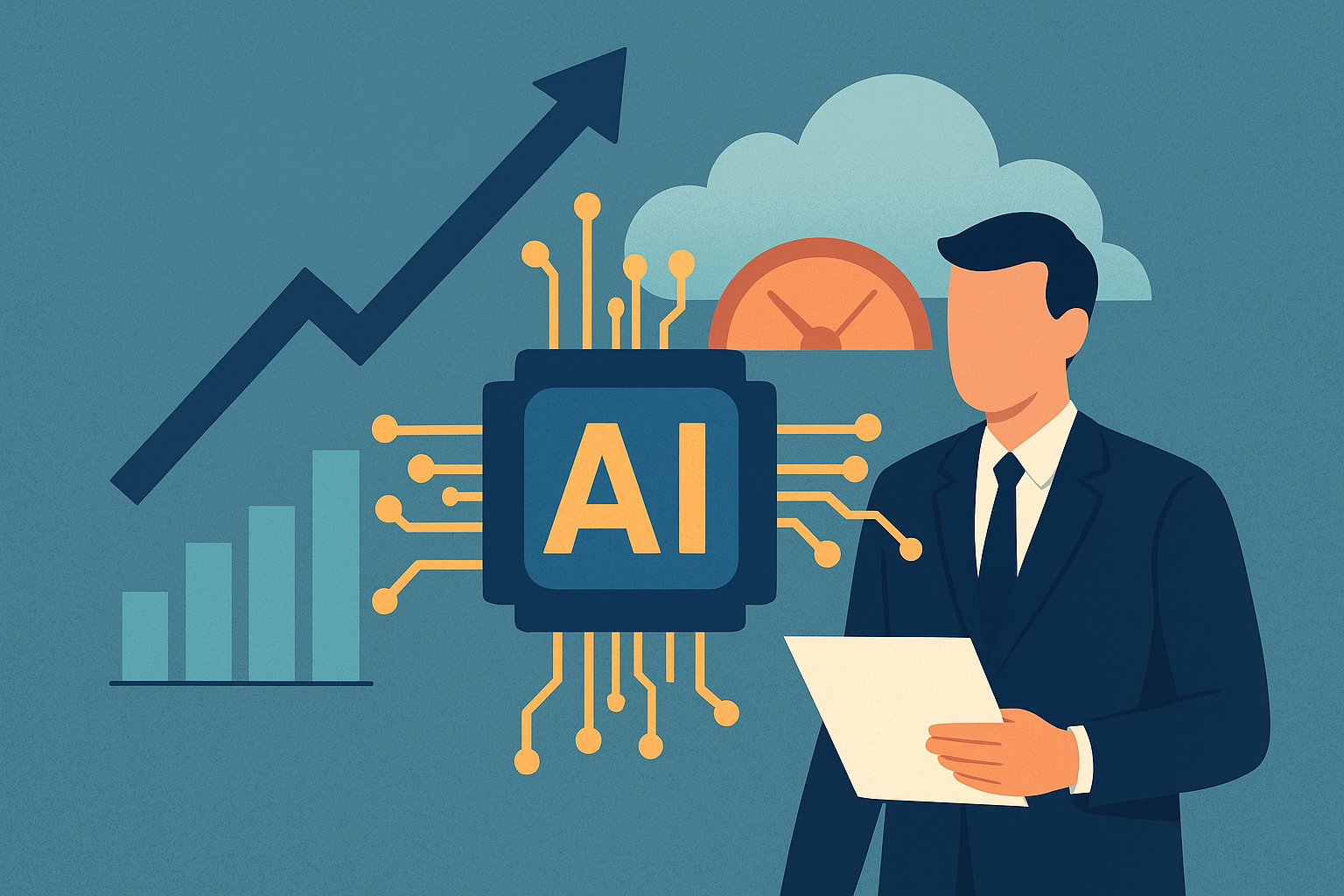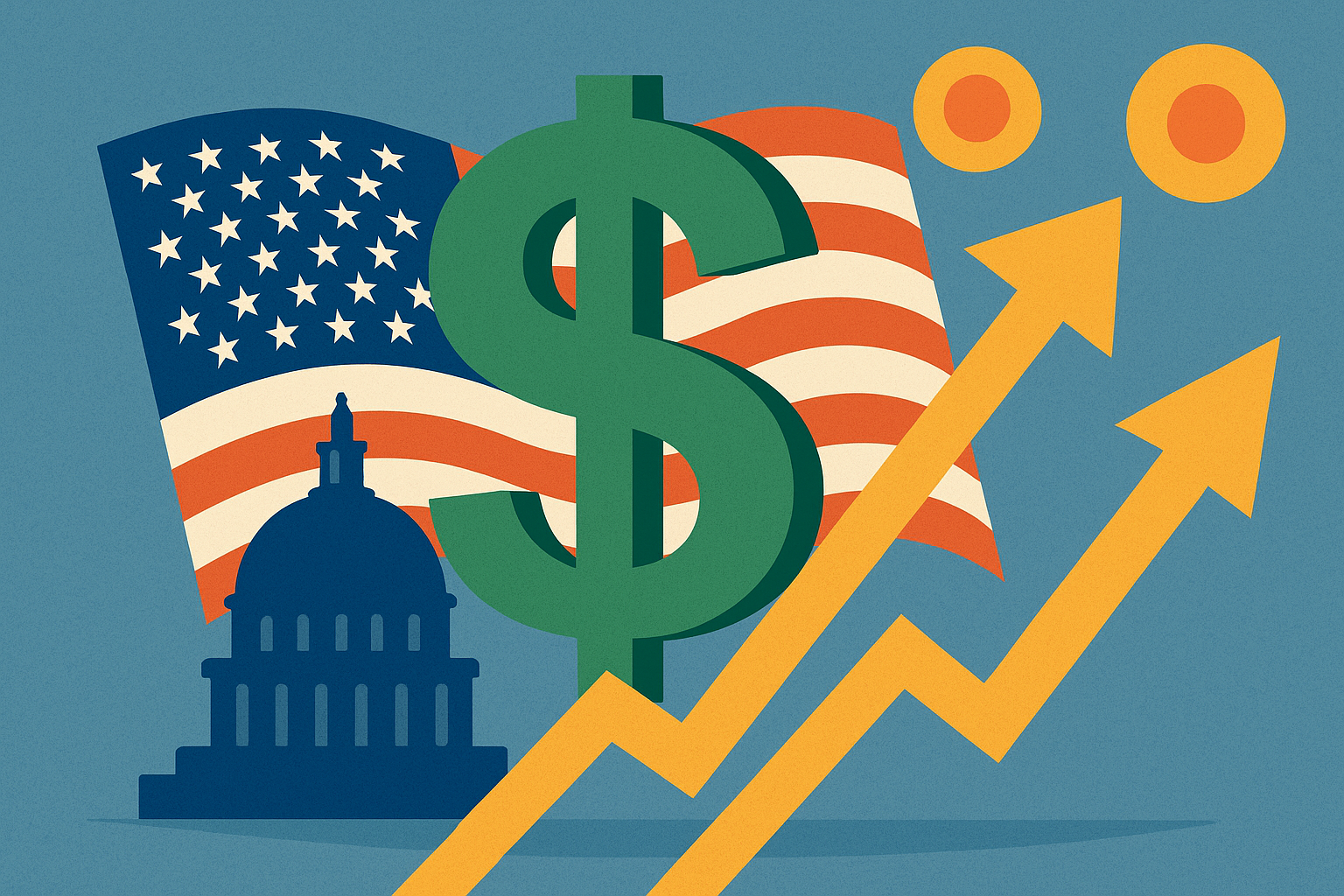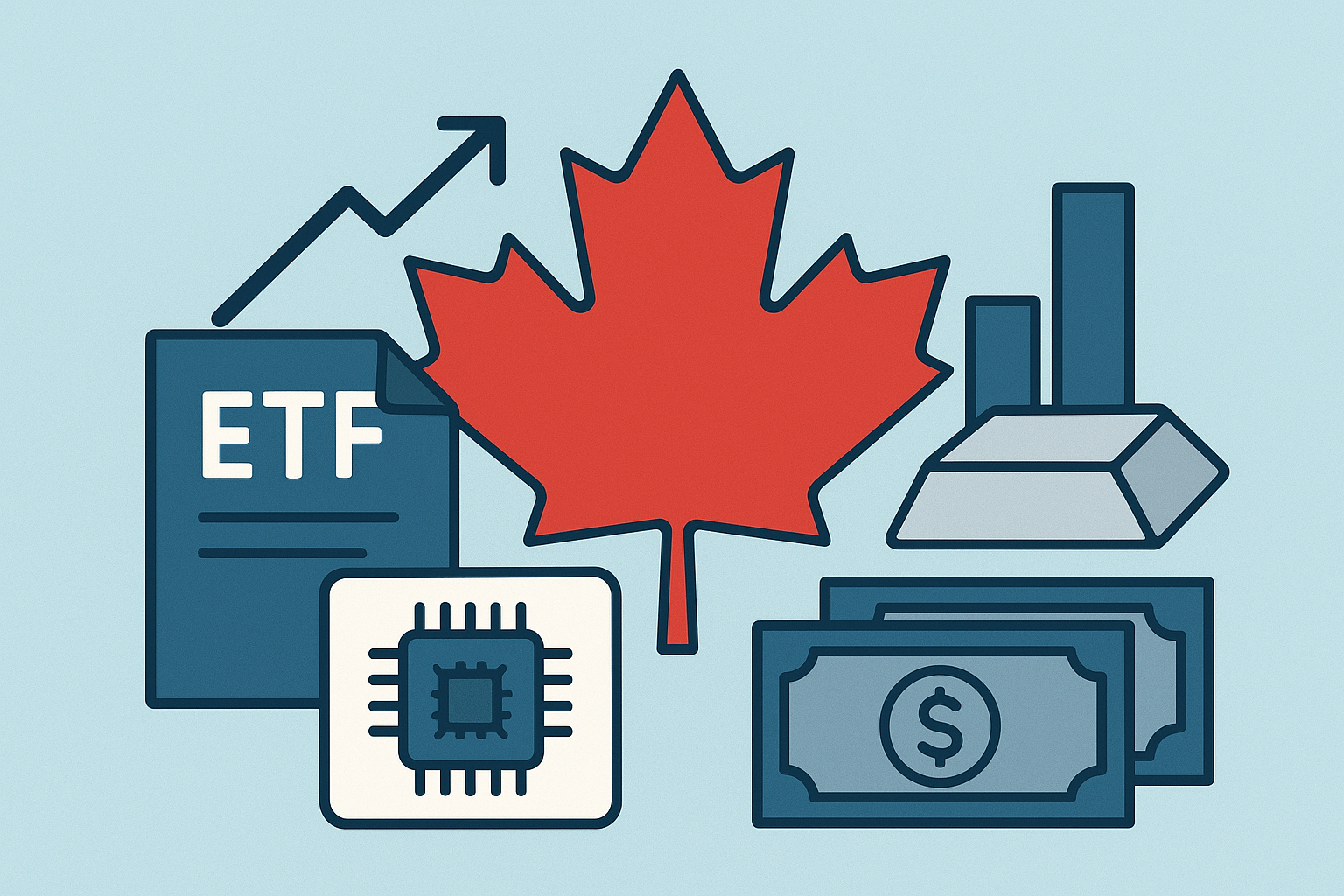Global investors have been captivated by the relentless surge in artificial intelligence (AI) spending. From Silicon Valley to Asia, tech giants are pouring hundreds of billions of dollars into data centers, advanced chips, and energy-hungry server farms. The scale is staggering—some AI infrastructure projects now rival the cost of national highways or power grids. Yet the financial returns from AI remain embryonic, prompting rising concerns about whether this capex arms race is creating the early outlines of a bubble.
The New Infrastructure Boom
Microsoft, Google, Amazon, and Meta have all doubled down on AI infrastructure, with 2024–2025 capex plans reaching unprecedented levels. According to The Wall Street Journal, combined annual AI capital expenditure is approaching $200 billion, largely directed toward GPUs, networking gear, and cloud-scale data centers. For context, that exceeds the GDP of entire mid-sized economies.
This investment spree is fueled by the belief that generative AI will become the next foundational platform, akin to the internet or smartphones. Yet monetization of AI products—chatbots, copilots, or enterprise AI suites—remains nascent, with revenue contribution still in the single digits for most major platforms.
Why This Matters for Investors
The risk is that infrastructure build-outs may be running far ahead of demand. Analysts warn of potential overcapacity if AI adoption slows or if monetization lags behind the hype. As Bernstein Research noted, “The infrastructure race is burning capital at historic rates, but the cash flows aren’t yet materializing.”
The market’s response reflects this tension: while Nvidia ($NVDA) and other chip suppliers have soared on demand for AI hardware, mega-cap cloud players are seeing margin pressure as AI-related costs balloon. Investors are increasingly questioning when and how this investment will translate into earnings.
Future Trends to Watch
- Energy and Utilities: Power consumption from AI data centers is skyrocketing, drawing investor attention to utility and renewable energy plays positioned to benefit.
- Chipmakers vs. Cloud Giants: Semiconductor leaders like Nvidia, AMD ($AMD), and Intel ($INTC) may continue to thrive, but cloud operators face the challenge of balancing growth with profitability.
- AI Monetization Pathways: Companies that can prove clear revenue streams—enterprise SaaS, AI copilots integrated into workflows, or sector-specific AI (finance, healthcare, manufacturing)—will separate themselves from those simply chasing scale.
- Policy and Regulation: Governments are starting to weigh the economic, environmental, and security risks of AI infrastructure, which could introduce new guardrails or incentives.
Investor Insight
The AI capex boom represents both opportunity and risk. Investors should focus on companies with robust balance sheets, defensible moats, and a clear line of sight to monetization. Infrastructure scale alone is not a guarantee of returns. Positioning in chipmakers, utilities, and firms demonstrating disciplined AI strategies may be more prudent than chasing every player in the hype cycle.
Stay Ahead
As the AI arms race accelerates, the dividing line between long-term winners and overextended players will sharpen. Stay tuned with MoneyNews.Today for daily insights on how these trends shape markets, portfolios, and investment strategies.





